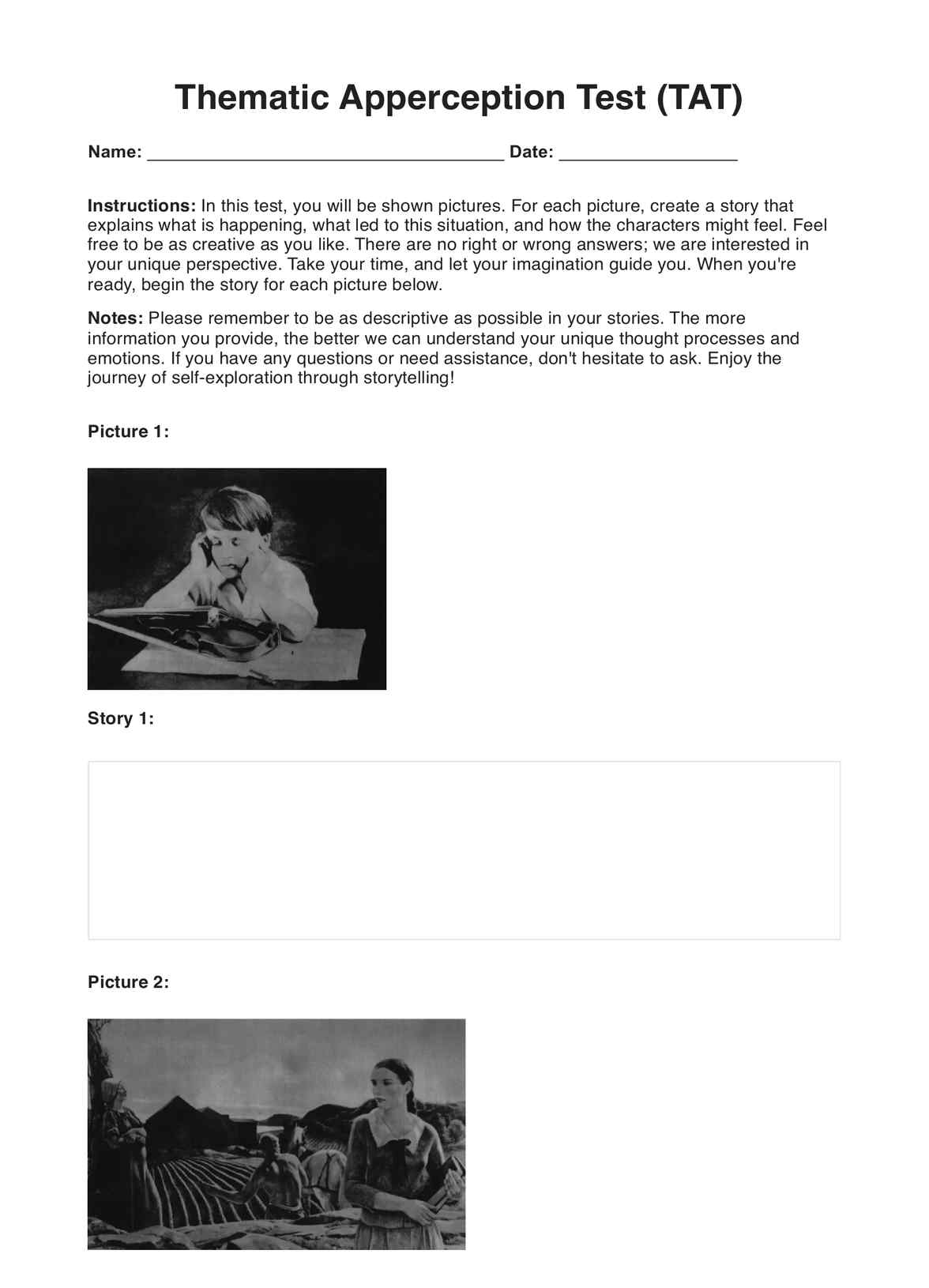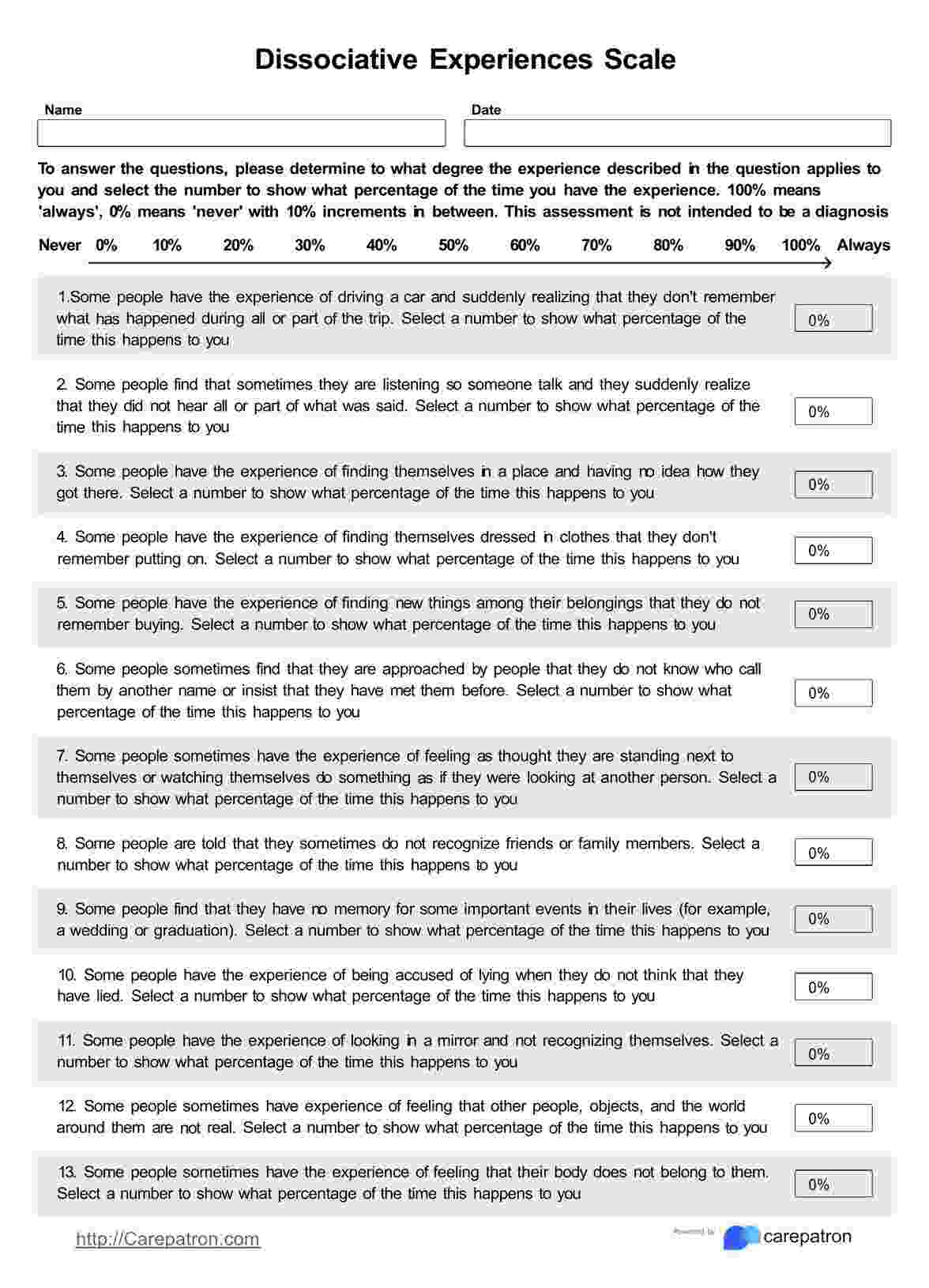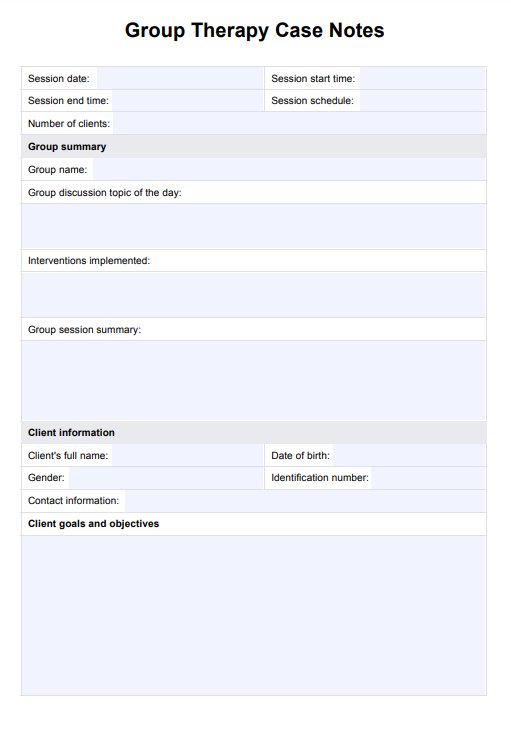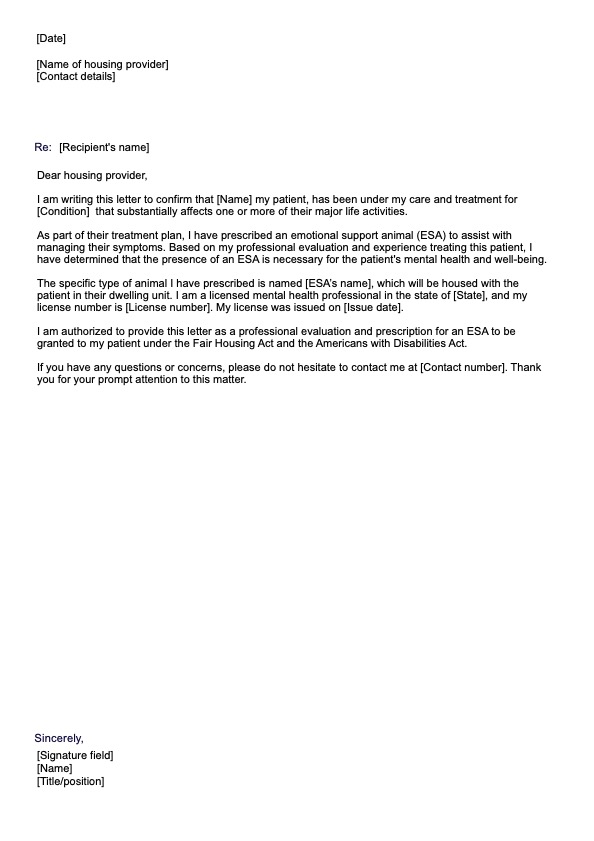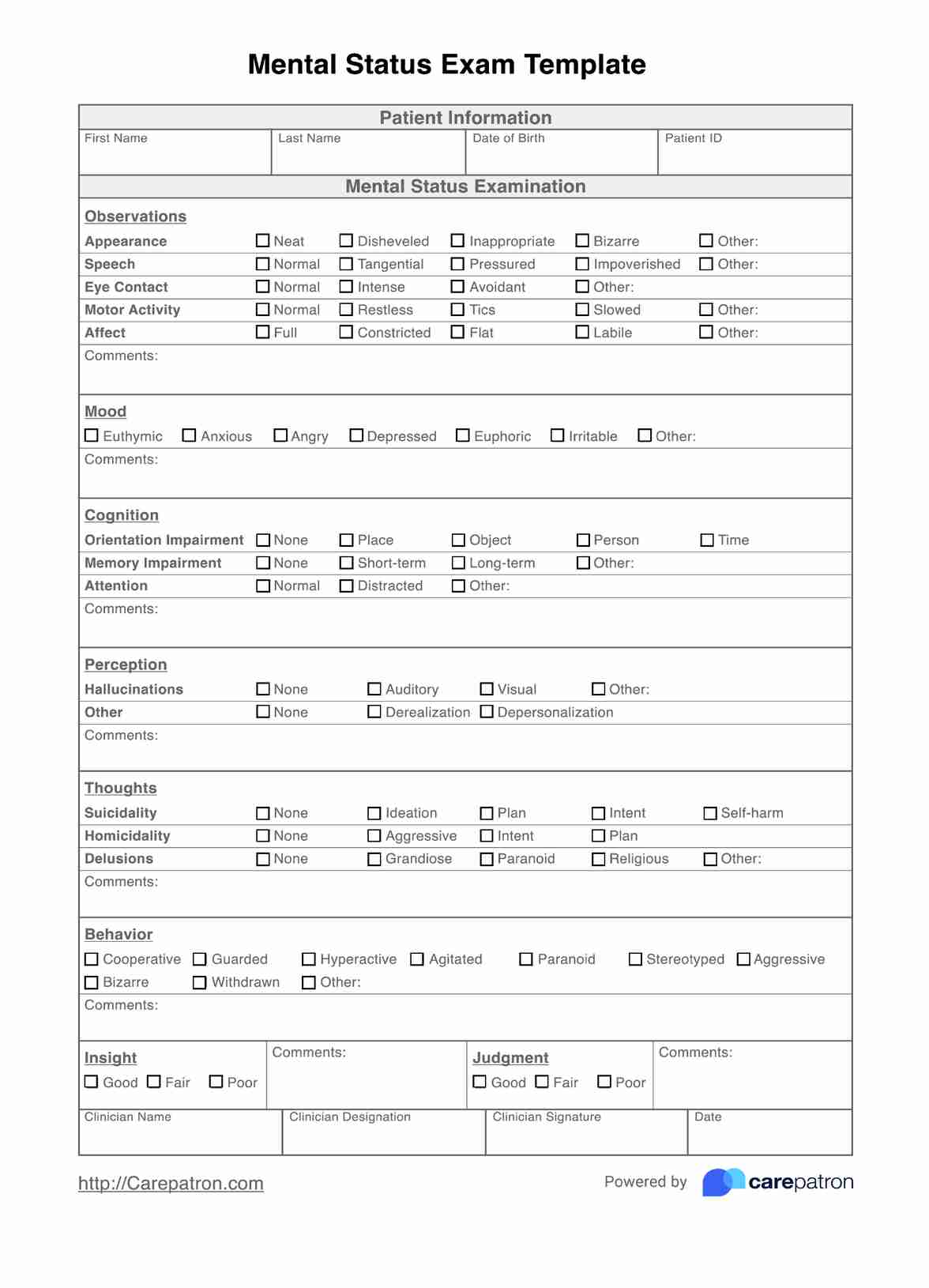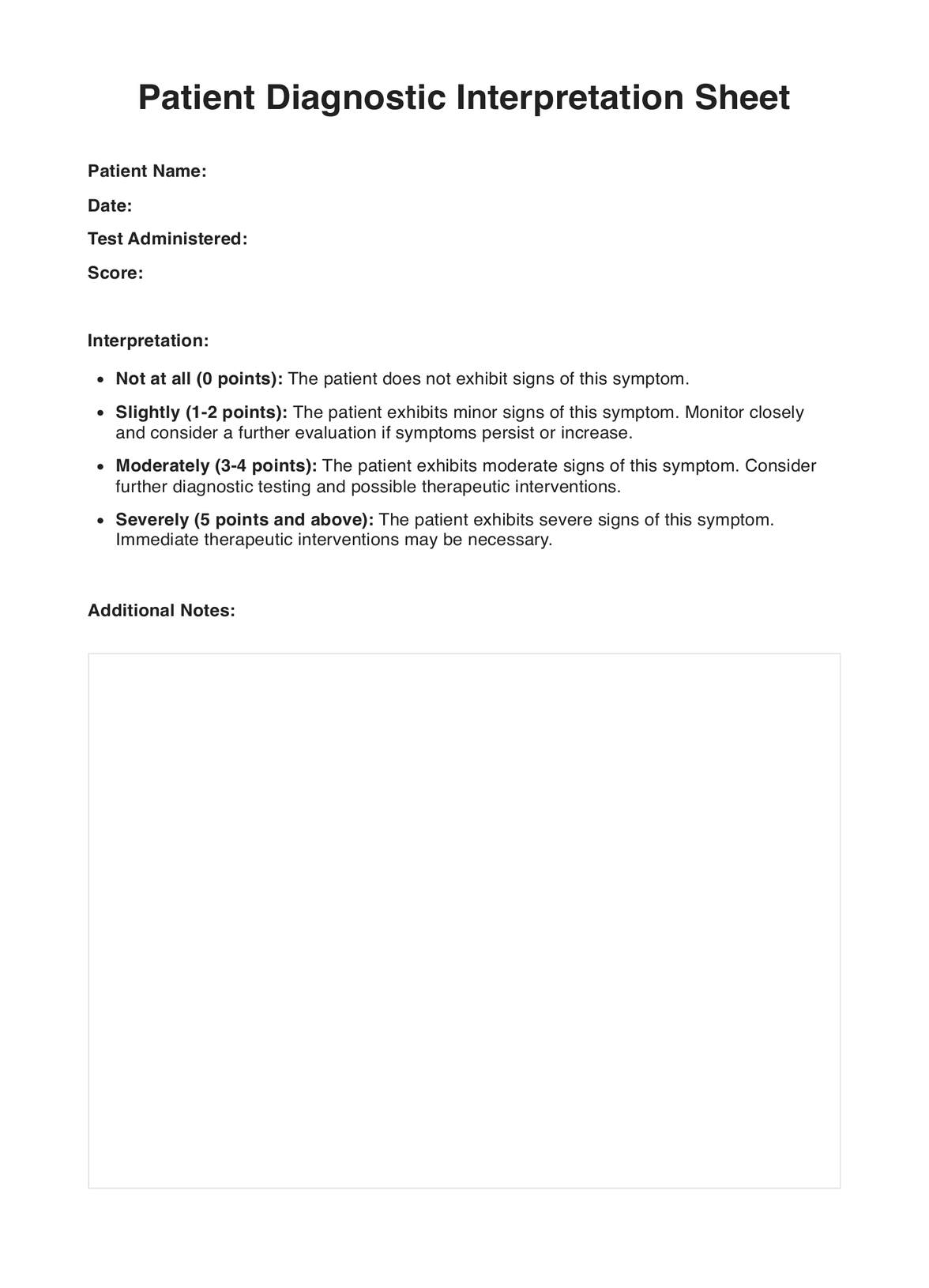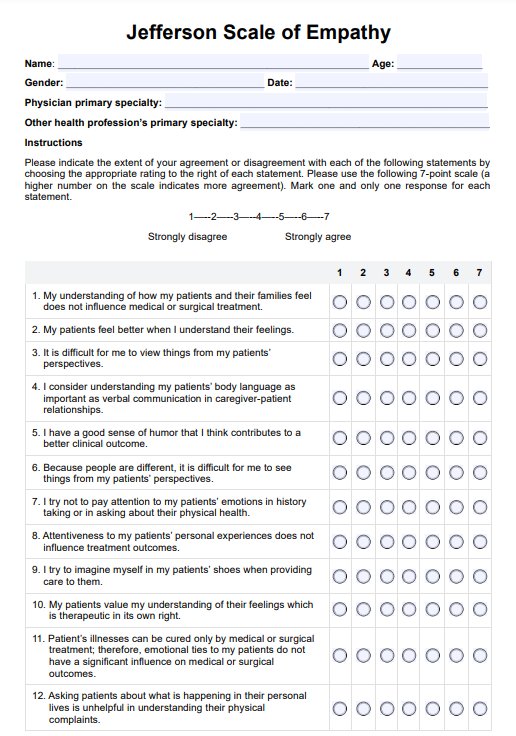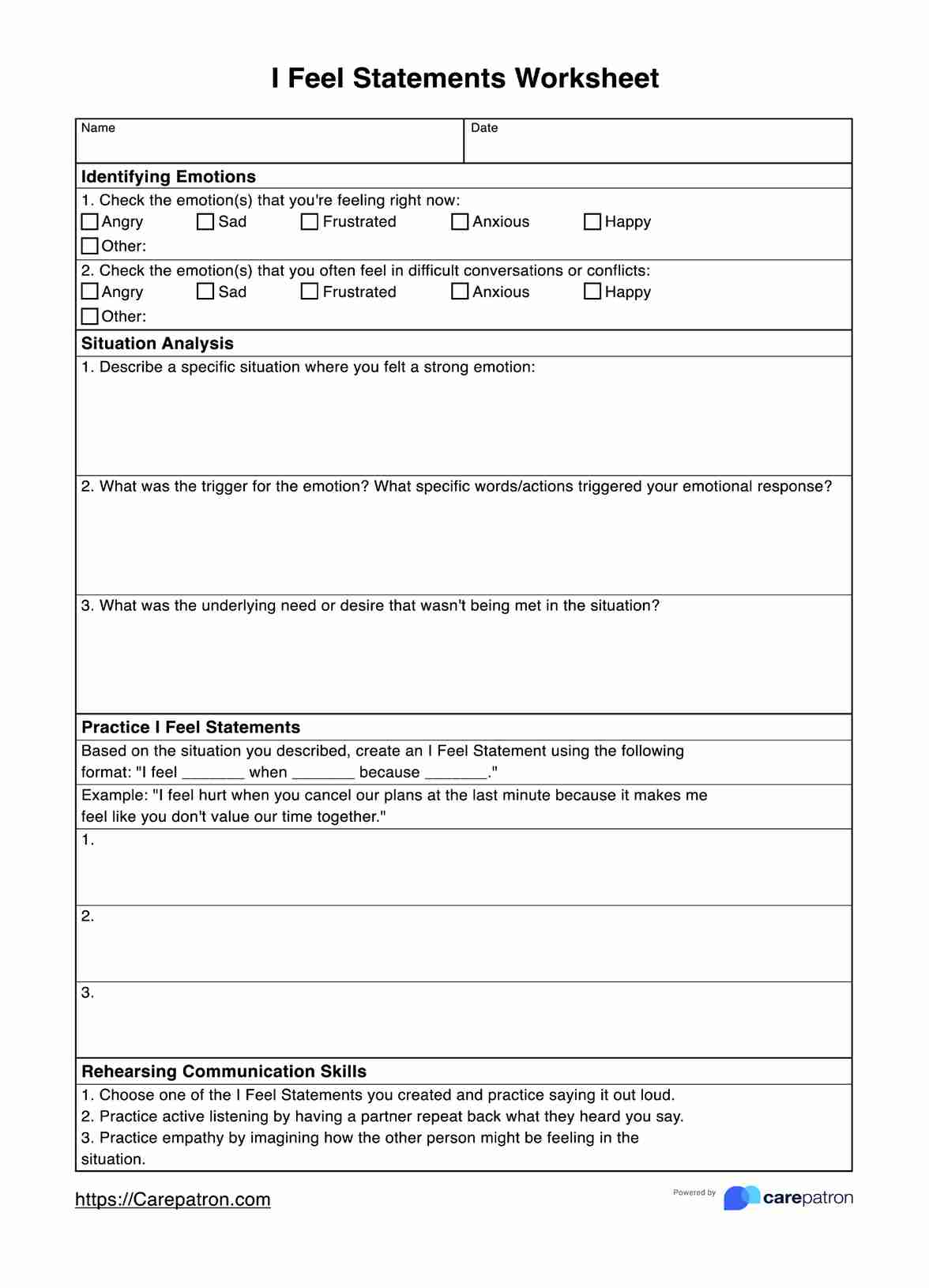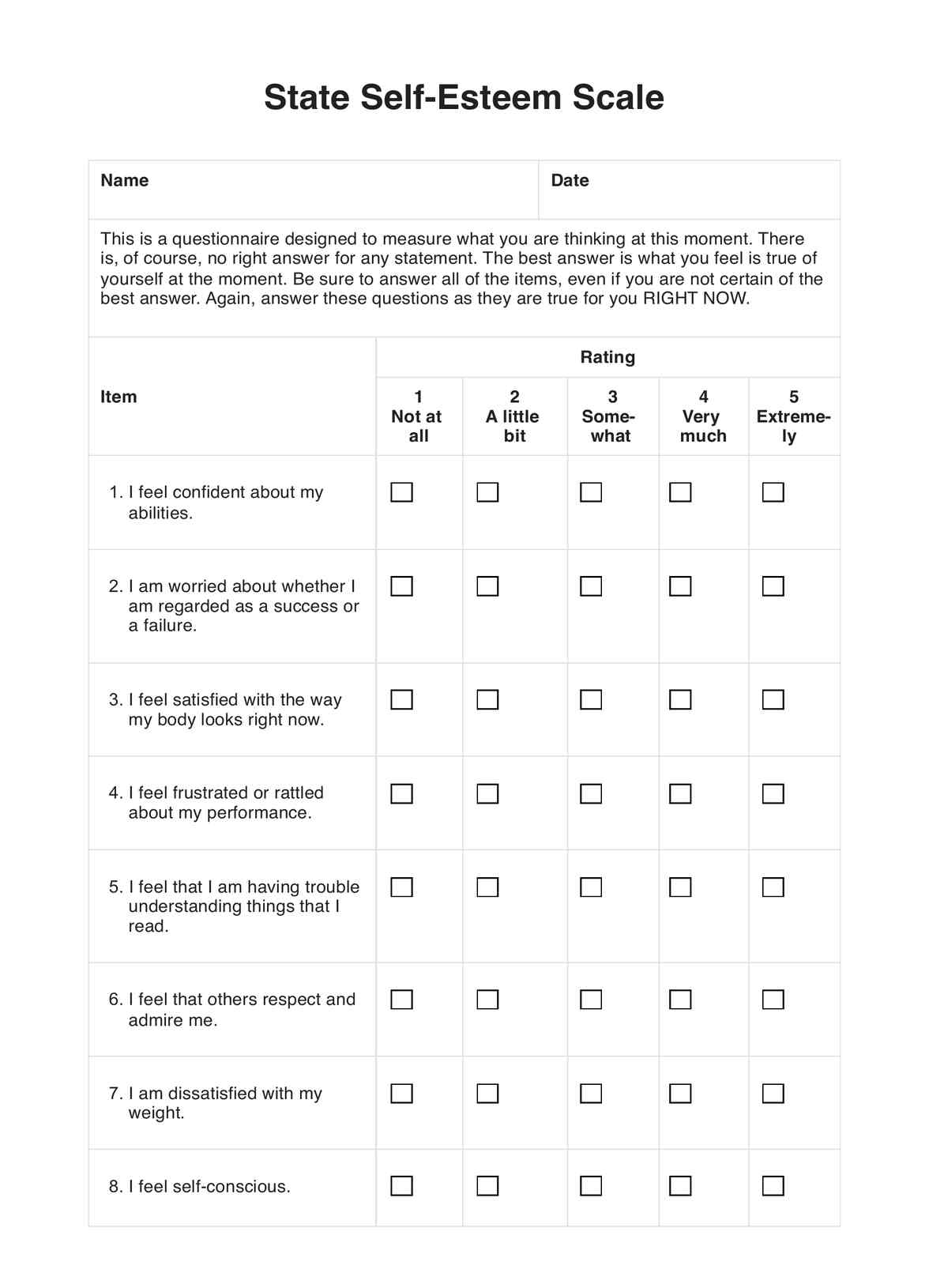Anxious Attachment Style Workbook
Click here to learn more about the four different attachment styles and how this workbook can support those with an anxious attachment style.


What is attachment theory?
John Bowlby was a psychoanalyst in the 1950s who founded the overall attachment theory. As a developmental theory, infants are born with a need to form close bonds with a caregiver within their first six months of life (Beckes, 2019). Attachment theory focuses on experience, expression, and the regulation of emotions. Overall, Bowlby believed that the attachment system served two primary functions. This protects vulnerable individuals from threats and regulates negative emotions following a harmful event.
As a developmental theory, this can be seen from the eyes of the infant. Early attachment experiences can create an internal working model. This can be seen as a mental representation of relationships. These models can then influence an individual's expectations and behaviors in their future relationships.
Here's an example:
A young child may show distress when their caregiver exits the room. When the caregiver returns, the child may initially seek comfort but be difficult to soothe. The child might display clinginess and a heightened emotional reaction, even when we might perceive it as a minor event.
The good thing about attachment styles is that individuals are not rigid in their attachment styles. Although they can significantly impact future relationships, individuals can fluctuate between certain styles or even change between other attachment styles entirely through an attachment project, such as a workbook focusing on self-compassion, a sense of one's needs, and self-awareness.
In this guide, we'll focus on the anxious attachment workbook, which supports individuals with this specific attachment style. See below for the four different attachment styles, why being aware of your attachment is essential, and how this workbook can support your or your client's accounts for their unhelpful patterns.
Anxious Attachment Style Workbook Template
Anxious Attachment Style Workbook Example
The different attachment styles
Secure attachment style
The secure attachment theory helps individuals in their ability to create positive relationships with others. Ultimately, these people feel understood, safe, comfortable, and valued by their partners. This typically comes from childhood, when the individual also had this environment during their earlier years. Those with a secure attachment style often have positive and healthy relationships that balance well with other aspects of their life (Mandriota, 2021).
Avoidant attachment style
A good way to comprehend this style is that individuals who live with this attachment style might navigate their relationships from arm's length (Mandriota, 2021). This will manifest as being unable to be emotionally available. Individuals still tend to let others emotionally invest in them, but they might be unable to return those emotional needs.
Anxious attachment style
This attachment style is characterized by a fear of rejection and abandonment, being overly dependent on the partner for emotional regulation, and codependent tendencies (Mandriota, 2021). Anxious attachers may often blame themselves for difficulties within the relationship and will come to the surface as intense jealousy or poor self-esteem.
Disorganized attachment style
Often, those who have a disorganized attachment style are those who come from a traumatic upbringing (Mandriota, 2021). This may include cases such as neglect and abuse. Within these attachment styles, there is often a feeling of fear of a parent. Children with this attachment style may seem confused about where to focus to express their feelings. In the future, adults may be at risk of mood disorders, self-harm, personality disorders, and substance abuse disorders (Mandriota, 2021).
This attachment style will often limit the capacity of adult relationships to a push-and-pull situation. They may desperately seek love but push away because of the fear of rejection (Mandriota, 2021).
Why is knowing your attachment style important?
Being able to identify your attachment style is essential for several reasons. You may notice a few relationship problems for the same reasons. It may be time to delve into the specifics of the issues and identify a root cause. This can be made much easier by identifying and knowing your attachment style.
By identifying the most prominent attachment style, individuals can learn to challenge those thoughts and insecurities. This supports the development of a more secure way of relating to others. Individuals who know why they may be acting these ways specifically can build vital, healthier, more fulfilling, and positive relationships (Attachment Styles and How They Affect Adult Relationships, n.d.).
It can also help the future. Individuals aware of their attachment style may be more inclined to stop behaviors that may be demonstrated to their children. This can support building a cheerful family relationship and give children the best chance at developing behaviors that are good for their social development.
The knowledge you acquire when it comes to knowing your style can support your present and future life choices when choosing partners, understanding their needs, and practicing acceptance of others.
How to use this workbook
Using this workbook has never been easier. We've created an easy-to-follow step-by-step set of instructions to support your clients during their sessions.
Step one: Download the workbook
You can do this by navigating our templates section on the Carepatron OS. From here, you'll want to go ahead and download this workbook to your device by clicking the link. You can utilize the workbook online on your device or print it out for physical use by your clients.
Step two: Work through the workbook
It's up to you how you might suggest your client to use this workbook. You may think it will be better for them to use this workbook as a reflection tool and homework task, or you may want to review it to identify behaviors that need altering. You know your client best, so it will be beneficial if you choose to use this workbook.
Step three: Check-in
As always, when it comes to therapy, having a check-in with your clients is a great idea. During this time, you might want to ask how things are going, make sure they are tracking well, and discuss any changes that may need to happen to keep pushing forward in their mental healing journey.
Step four: Store the workbook
You may want to store the completed workbook for later. No worries, Carepatron has you covered. You can save the file to our secure OS system that will keep it private if you have utilized the workbook on a device or scan the physical copy to your device and save it. It's that simple!
The impact of attachment styles on relationships
Individuals can acquire a range of attachment styles throughout their lifetime. Unfortunately, sometimes, they hurt the current relationships the individual has. Here are some of the attachment styles that can impact relationships:
Secure attachment style
An individual with a secure attachment style typically forms healthy, balanced relationships. Individuals are usually comfortable with emotional intimacy within these relationships, communicate openly, and trust their partners. Individuals with secure attachment styles often foster a positive, happy, healthy relationship.
Anxious-preoccupied attachment style
Individuals who have an anxious attachment seek high levels of closeness with their partner. This can often look like validation and a constant need for reassurance. This can result in high emotional bonds and reactions. Individuals may become tense due to the fear of abandonment and unintentionally create a divide between themselves and their partner.
Dismissive-avoidant attachment style
These are individuals who downplay the importance of close relationships with others. Often, these individuals value their independence and struggle with emotional expression. This can create a line between them and their partner, as they may appear emotionally distant. It can be difficult for the partner to read signals from them, making it hard to connect on a deeper level.
Fearful-avoidance attachment style
This is a push-pull dynamic within a relationship. This attachment theory includes both anxious and avoidant styles. Individuals with this attachment style may desire closeness but fear rejection, so they may pull into their partner yet push them away simultaneously. One minute, the individual may seek intimacy, and the next may withdraw. This can lead to an inconsistency within a relationship.
The different impacts of attachment styles on relationships often include:
- Communication patterns
- Conflict resolution
- Trust and intimacy
- Relationship satisfaction
Can you heal your anxious attachment?
Individuals can heal their anxious attachment styles within their relationships. It's all about motivation. If your client is ready to change their thinking patterns and behaviors, they are already one step into their healing journey.
Anxious attachment can be supported by a lot of Emotionally Focused Therapy (EFT) options. They can help individuals gain insight into the root causes of their behaviors. Clients can develop more secure coping mechanisms regarding difficulties within relationships and when alone.
Through other therapy activities such as mindfulness, gradual exposure, communication skills, and self-awareness activities, individuals can take hold of their negative attachment style and regain confidence within relationships again.
References
Attachment Styles and How They Affect Adult Relationships. (n.d.). Https://Www.helpguide.org. https://www.helpguide.org/articles/relationships-communication/attachment-and-adult-relationships.htm#:~:text=By%20identifying%20your%20attachment%20style
Beckes, L. (2019). attachment theory | Features & Types. In Encyclopædia Britannica. https://www.britannica.com/science/attachment-theory
Mandriota, M. (2021, October 14). 4 Types of Attachment: What's Your Style? Psych Central. https://psychcentral.com/health/4-attachment-styles-in-relationships
Commonly asked questions
The anxious attachment style may be from early childhood experiences such as caregiving. These practices may shape a person's expectations and fears within their future adult relationships.
A range of symptoms include seeking constant reassurance, fearing abandonment, being overly sensitive to perceived rejection, and clingy behavior.
Yes, through self-awareness, therapy, and a motivated and intentional effort to change these behaviors.


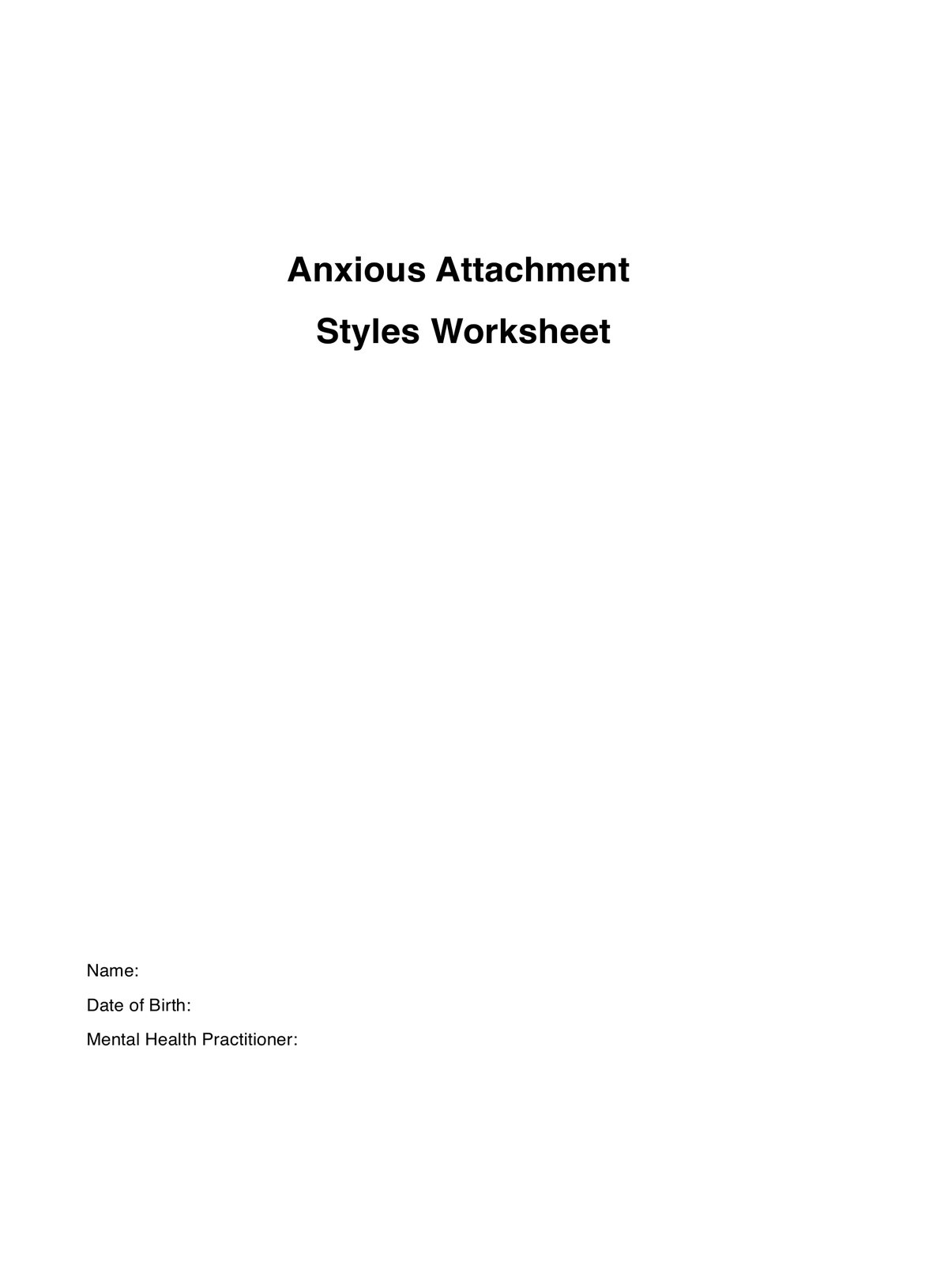
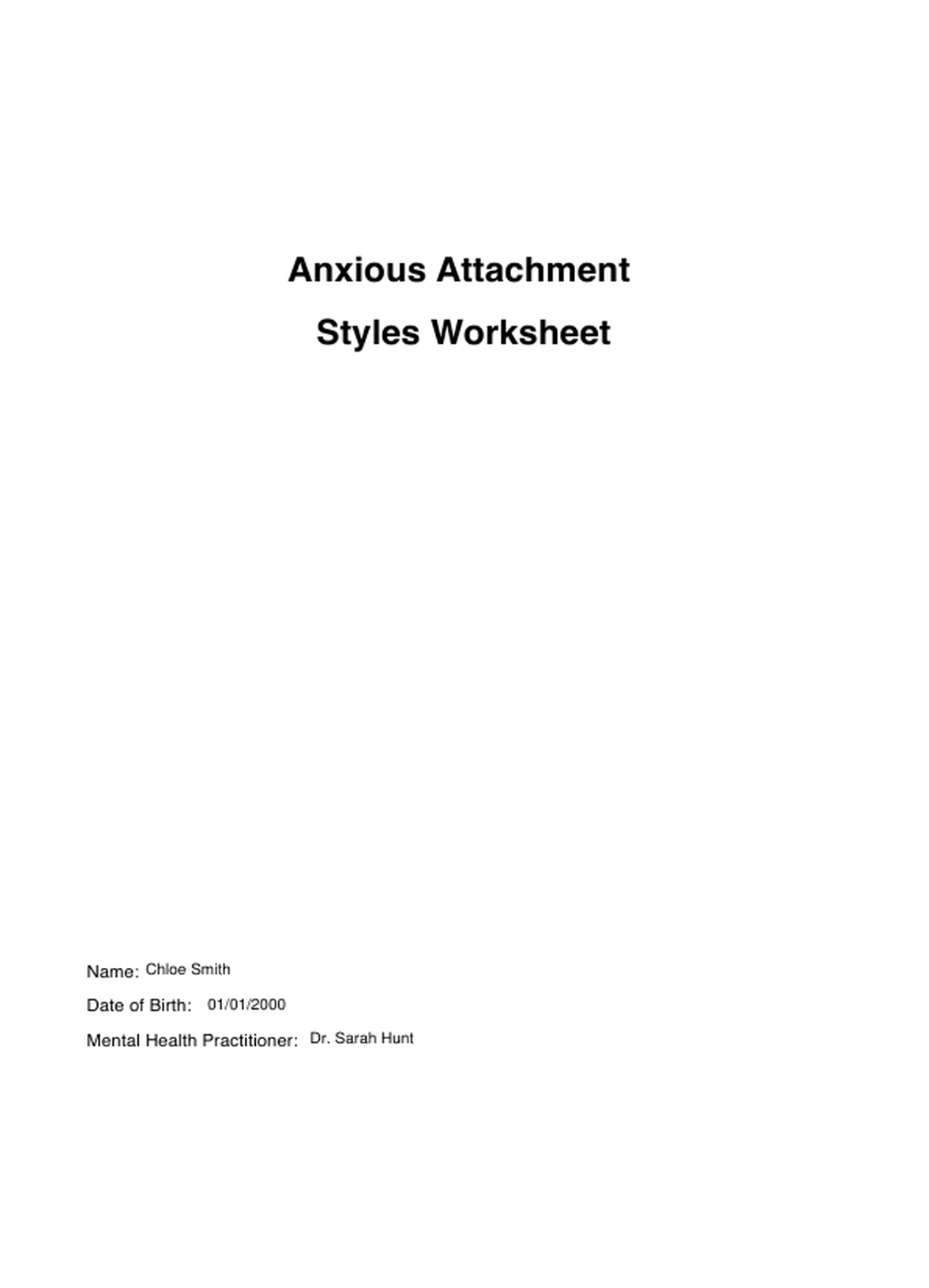

















-template.jpg)



















































































